In 2002 Big Bill Niedjie passed away, and First Nations people lost an outstanding leader. Among the many eulogies voiced by people and organisations across the nation, Northern Land Council chairman Galarrwuy Yunupingu said Big Bill’s constant endeavour to bridge the cultural and historical divide between black and white Australians was his greatest gift. He was the last speaker of Gadju language. With his death, the language has ceased to exist in the spoken form.
It is yet another in a long line of Aboriginal languages that have vanished under the impact of white settlement – with many more teetering on the brink of extinction throughout Australia. This is the unspoken tragedy underlying the history of Aboriginal dispossession.
When you lose your land at least you can fight back to reclaim it. But when you lose your language, a whole way of being, a whole cultural universe is lost forever.
250 Aboriginal languages were spoken around Australia at the time of white invasion, with many dialects within each language group. Today, only 120 are still spoken, and many are at risk of being lost forever.
In the Northern Territory the picture isn’t nearly as bleak, with about 61% of Aboriginal or Torres Strait Islander people speaking language at home. There are more than 20 ‘healthy’ languages being spoken in the NT, meaning they are being learnt by children.
More traditional languages are being replaced by new Aboriginal languages; Aboriginal English, Pidgin and Kriol.
Aboriginal English is a form of English that reflects Aboriginal languages. It contains some speech patterns of standard English as well as characteristics and words originating from Aboriginal languages.
Kriol grew out of Pidgin English which was used in early settler interactions, and incorporates traditional language words, meanings and sounds. Linguists regard Kriol as a language in its own right, with established grammar and vocabulary. The movement of groups of Aboriginal people onto other people’s land over the past 100 years has led to a mixing of many languages.
To learn more about these post colonial languages read this article from the Conversation.
“What you have around Alice Springs is the formation of a new Aboriginal language which, unlike Kriol to the north, is based almost entirely on Aboriginal words from a number of different Central Australian and Western Desert languages” - Robert Hoogeenrad (linguist from the Alice Springs region)
Although Big Bill may have been the last speaker of Gagadju, the last fluent speaker was Peggy Balmana who died several years before him.
Communities around the world are losing their Indigenous tongue at an unprecedented rate. The grimmest predictions suggest up to 90% of the world’s languages will have disappeared by the end of this century.
Greg Dickson, a linguist at the University of Queensland specialising in Indigenous Australian languages, explained to SBS that it can often be “ongoing historical pressures that contribute to people shifting away from a traditional language."
Learning Language
To ensure the survival of endangered languages, linguists and community members around the country are working tirelessly to record languages and provide resources and programs to encourage language learning.
My Grandmother’s Lingo
An interactive animation that highlights the plight of Indigenous languages by exploring Aboriginal culture and the endangered Aboriginal language of Marra.
50 Words
A project by First Languages Australia and The University of Melbourne, this website aims to provide fifty words in every Indigenous language of Australia. The map displays both words and language groups, and gives audio samples.
Gambay
An interactive map of Australian languages that reflects the names and groupings favoured by community. Click around the map to view regional language centres and videos of people speaking their language.
'This article has been re-published from Common Ground, a not for profit that records and shares First Nations cultures, histories and lived experiences. Learn more at www.commonground.org.au'








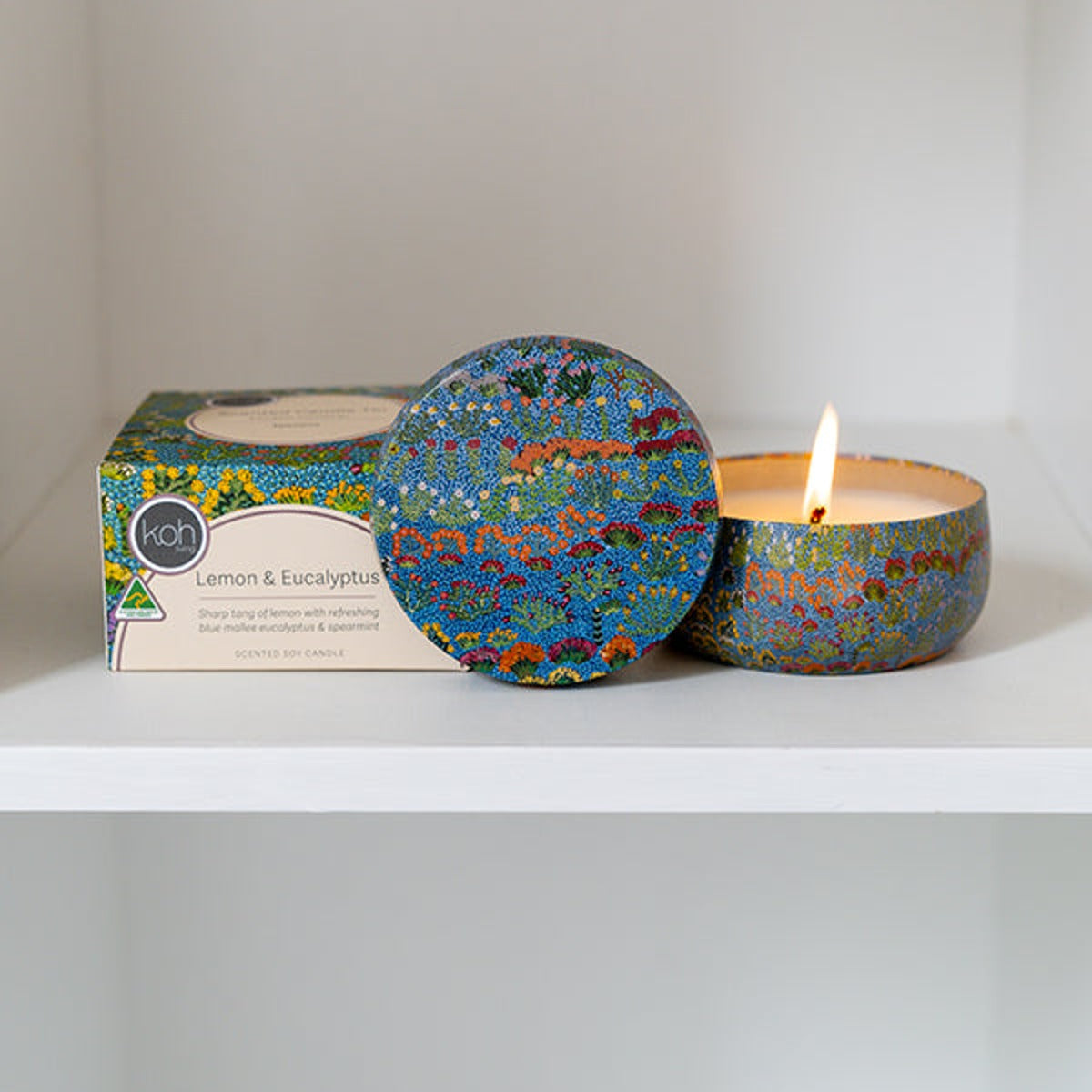
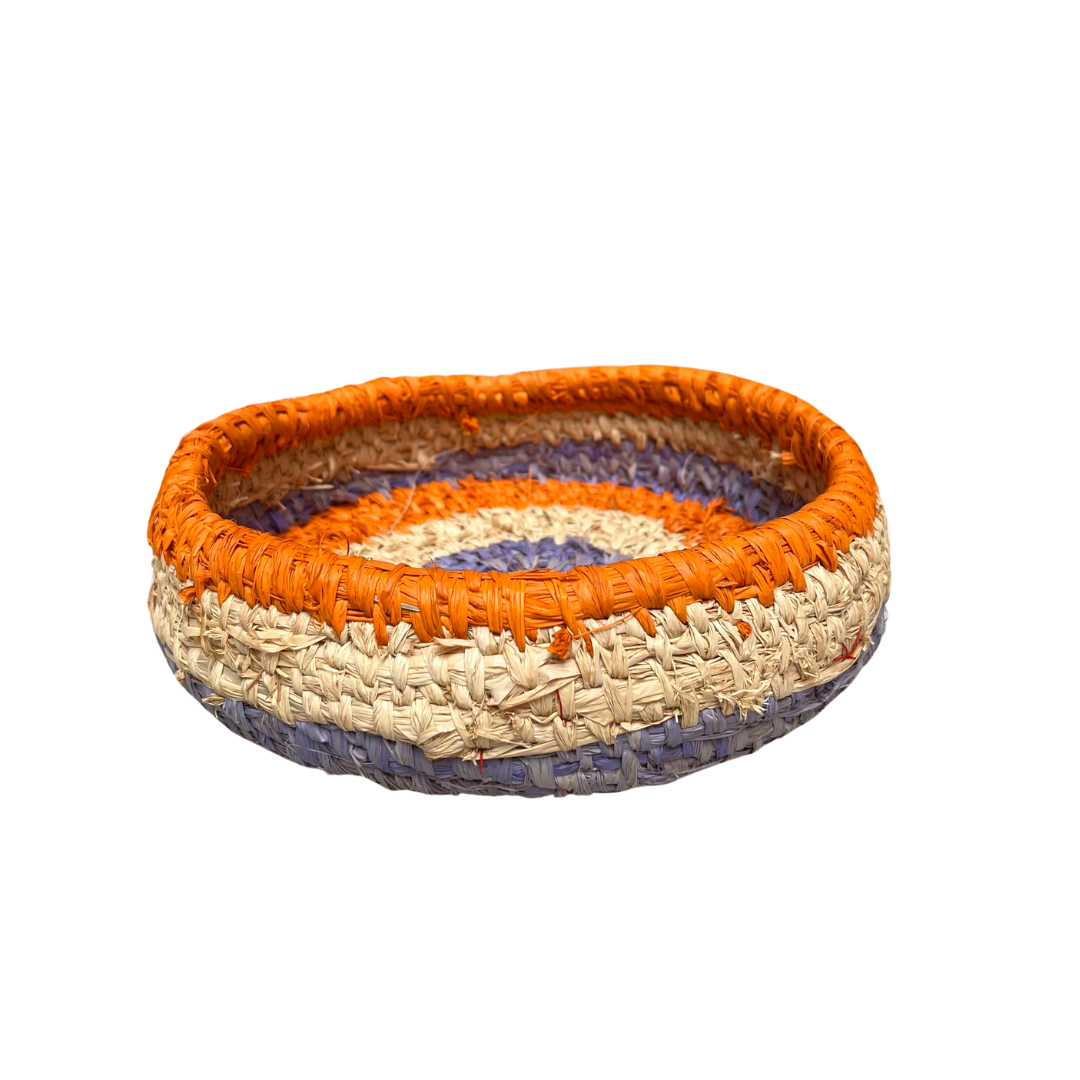





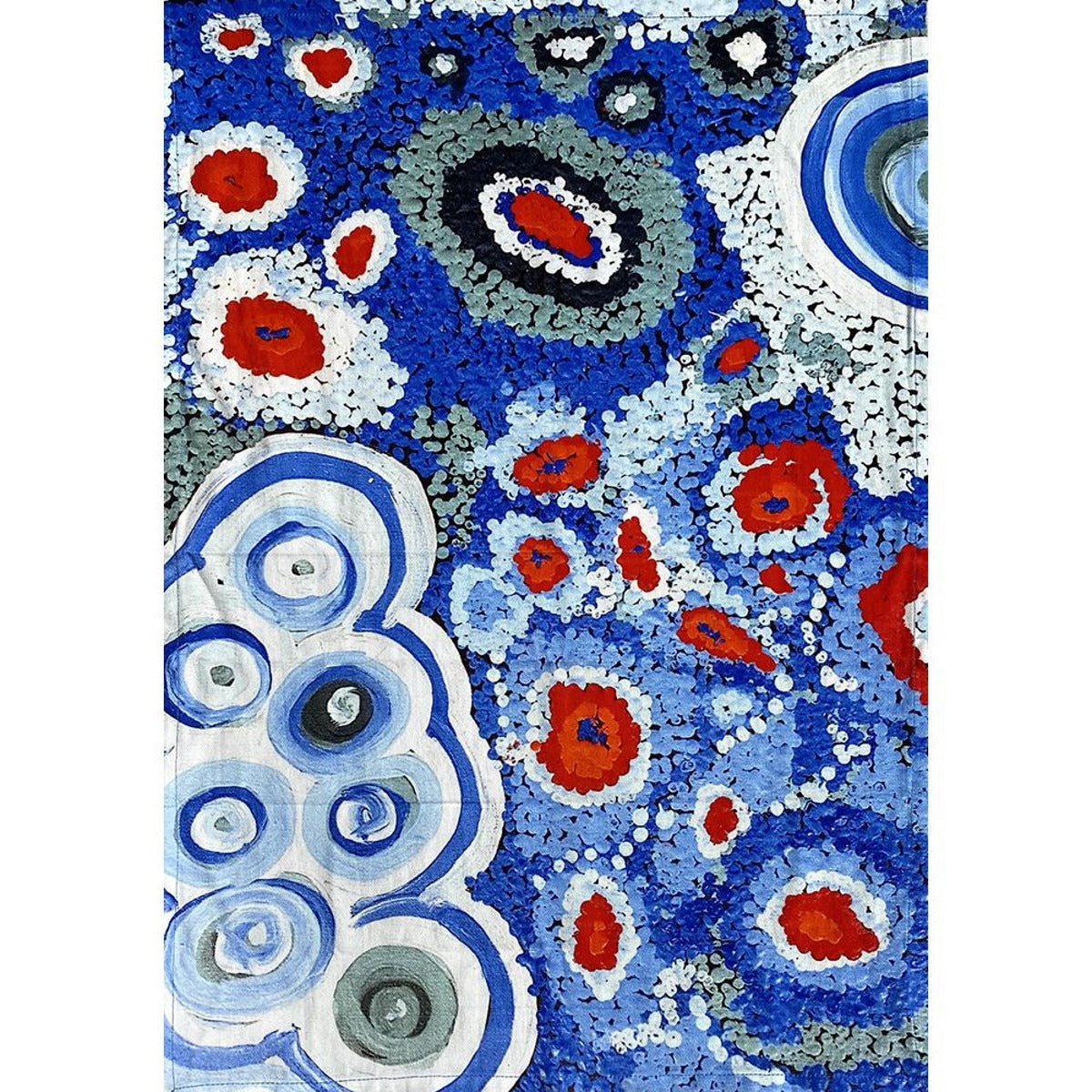

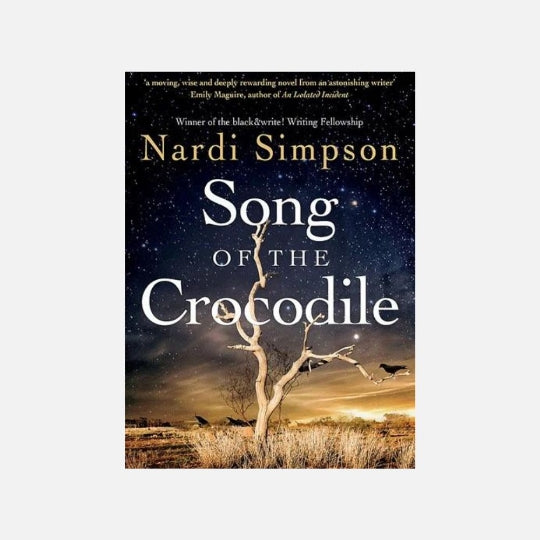
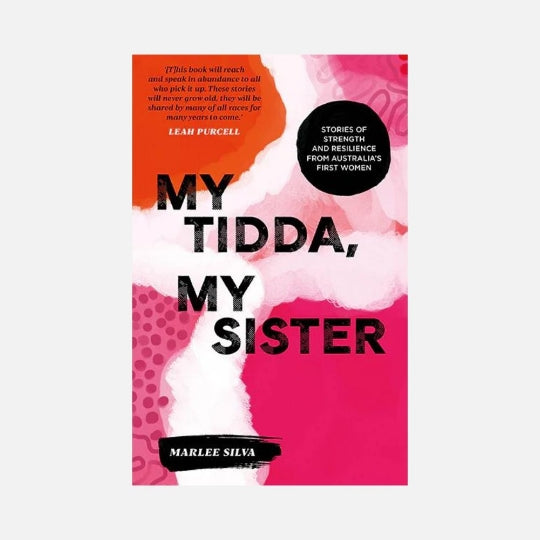
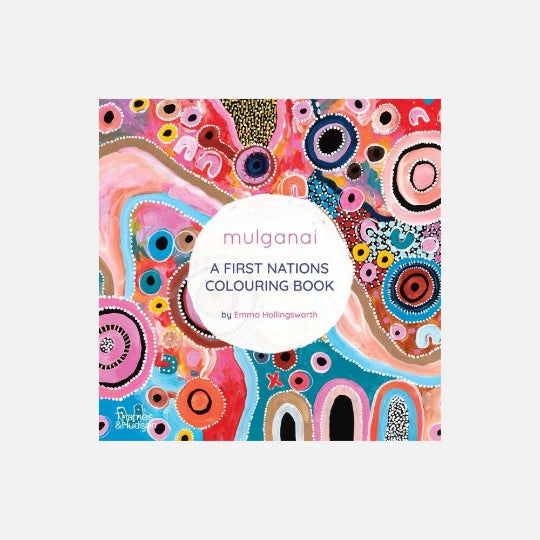


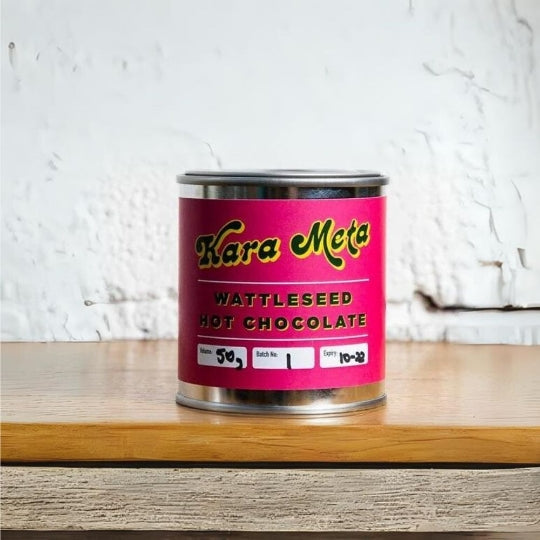
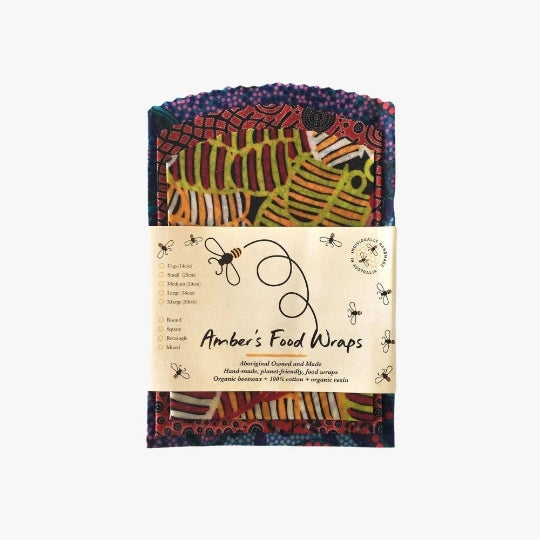








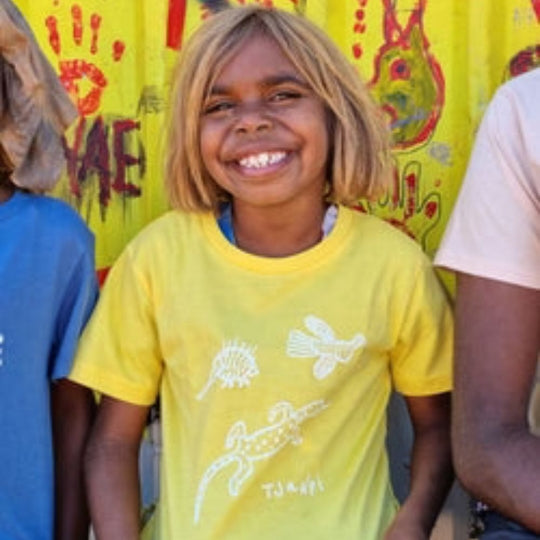
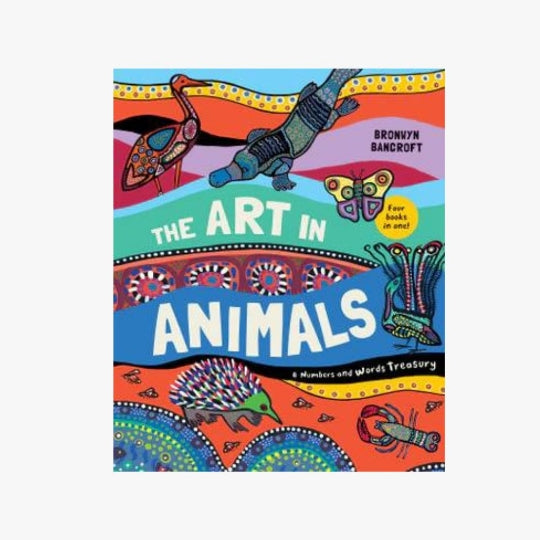


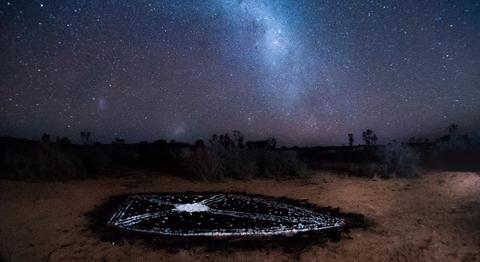


Leave a comment
This site is protected by hCaptcha and the hCaptcha Privacy Policy and Terms of Service apply.